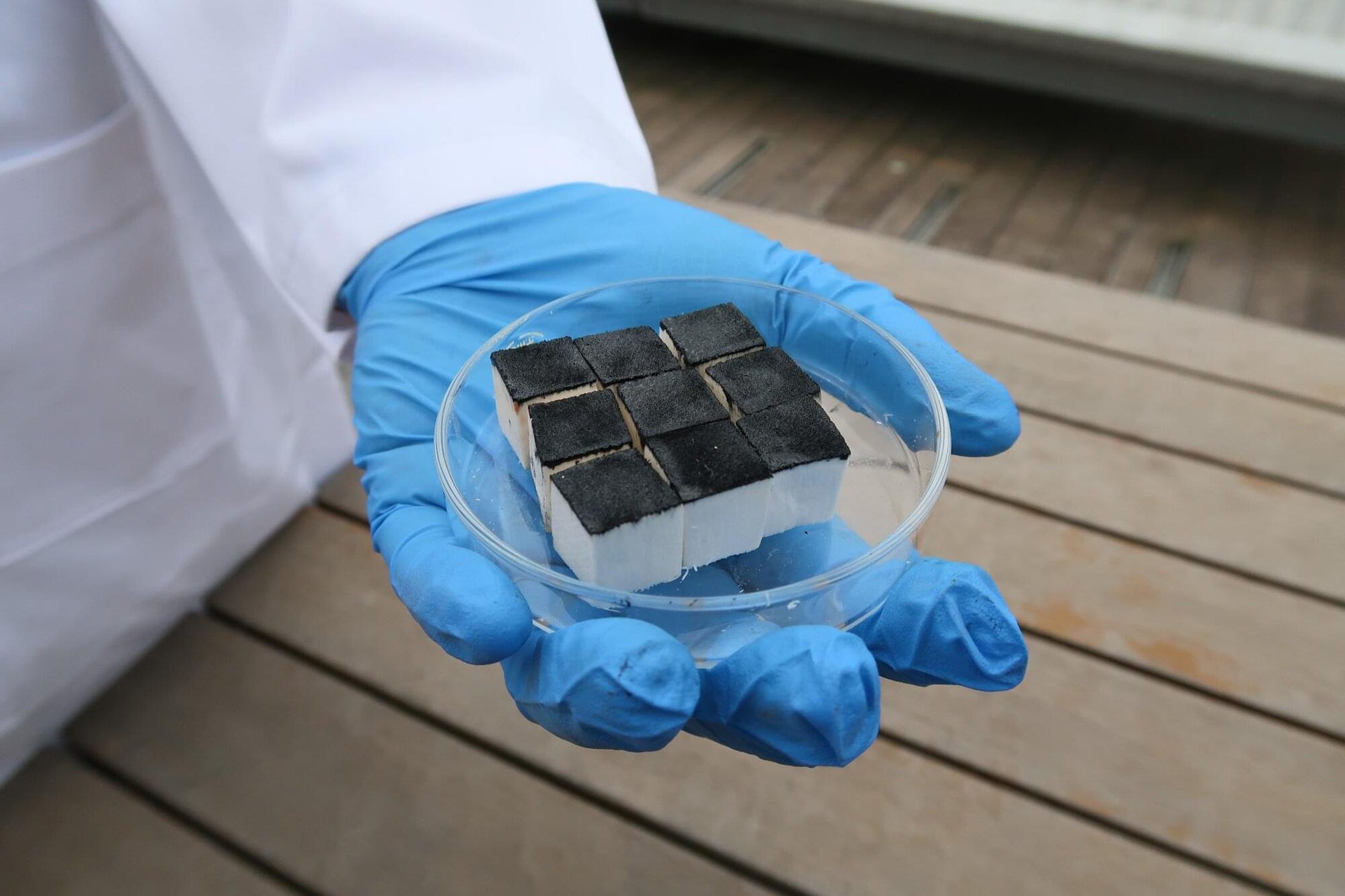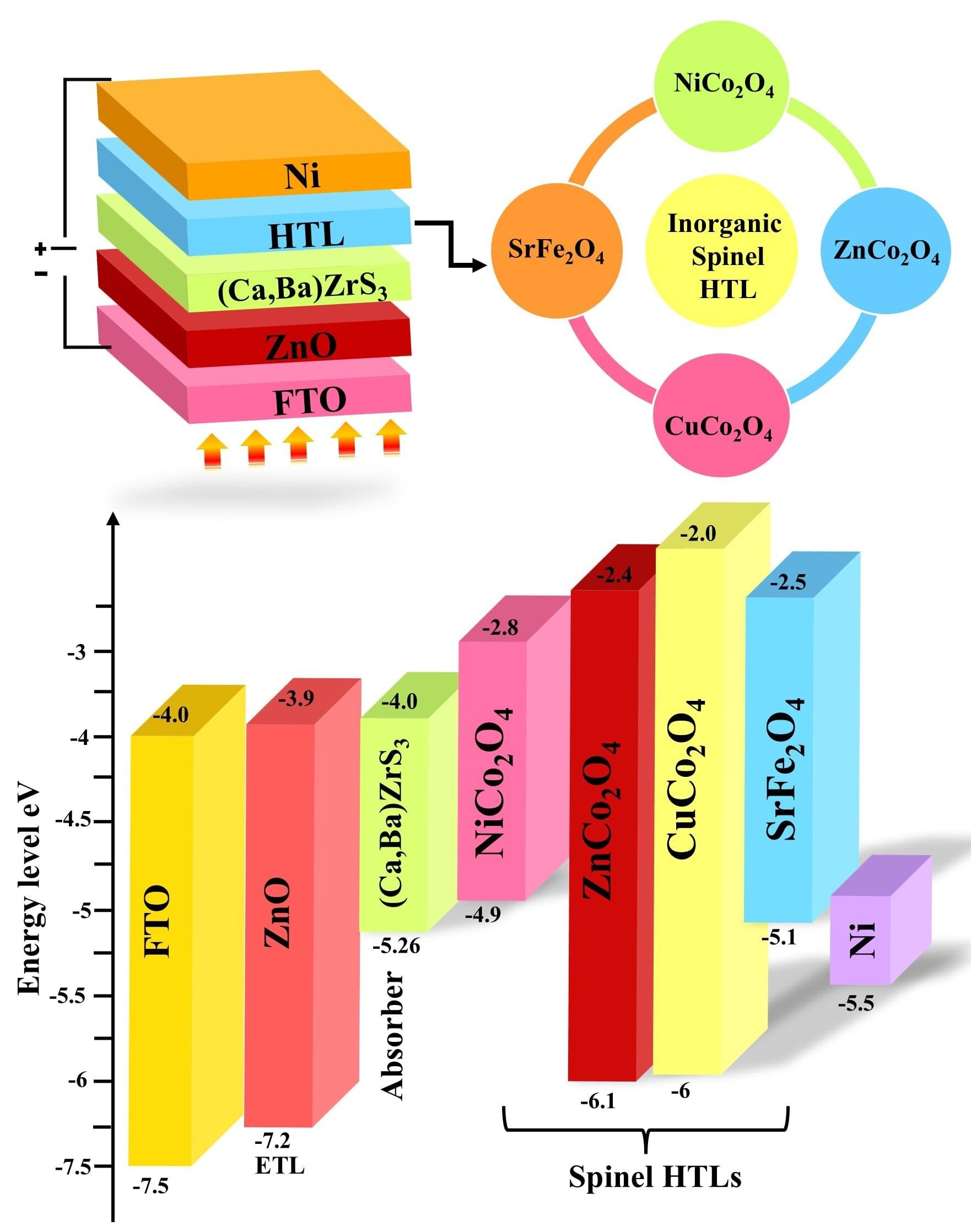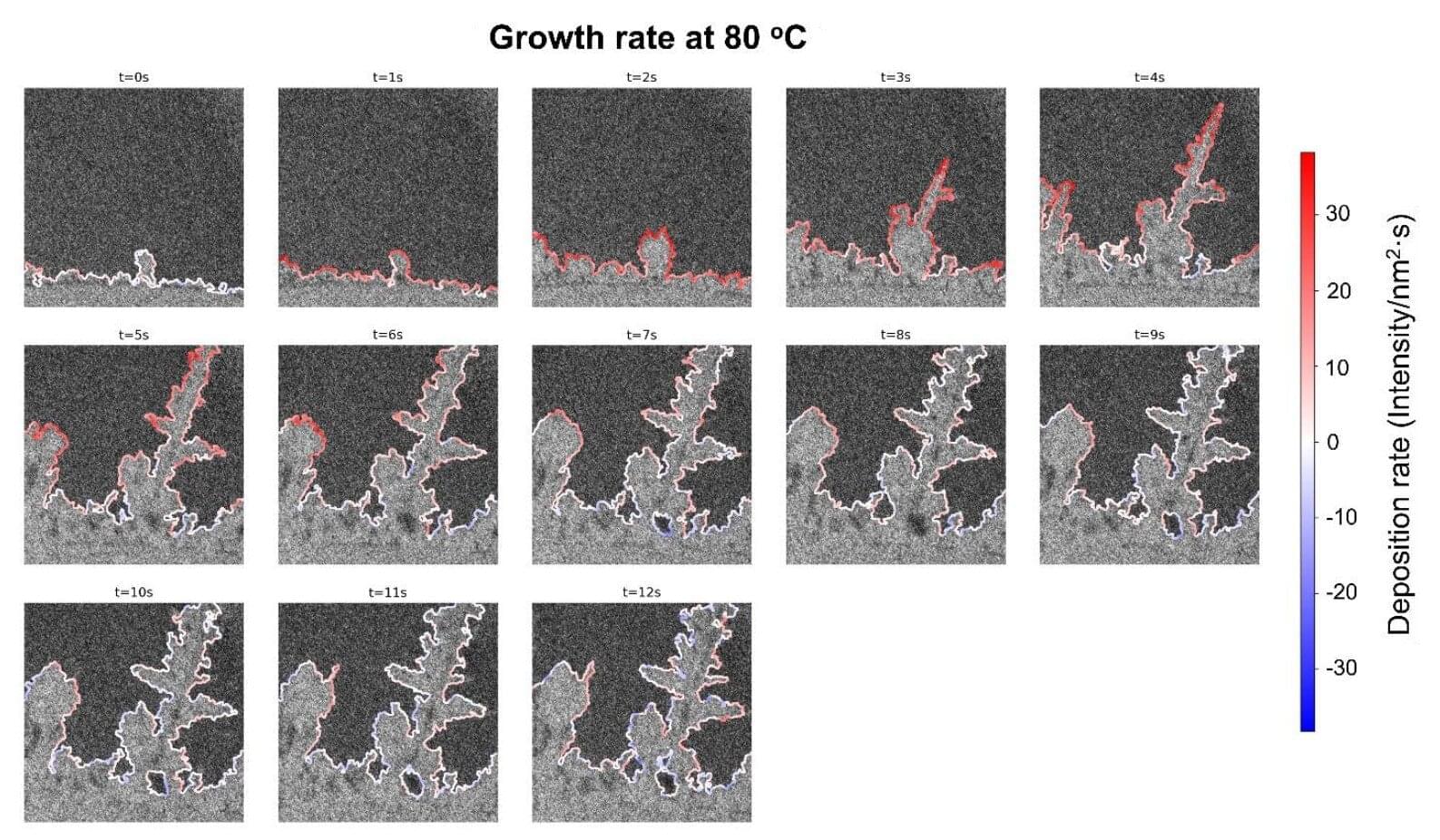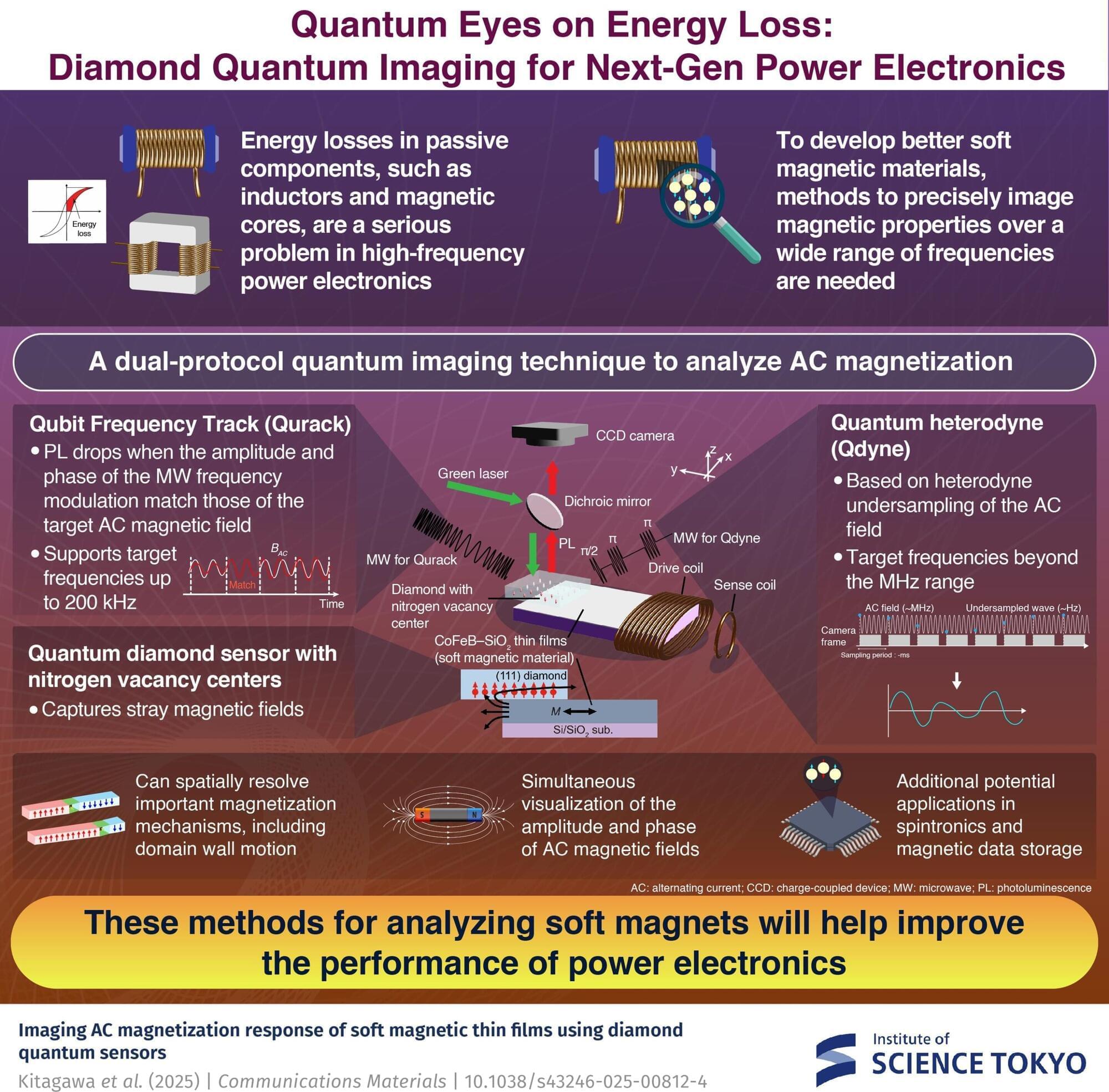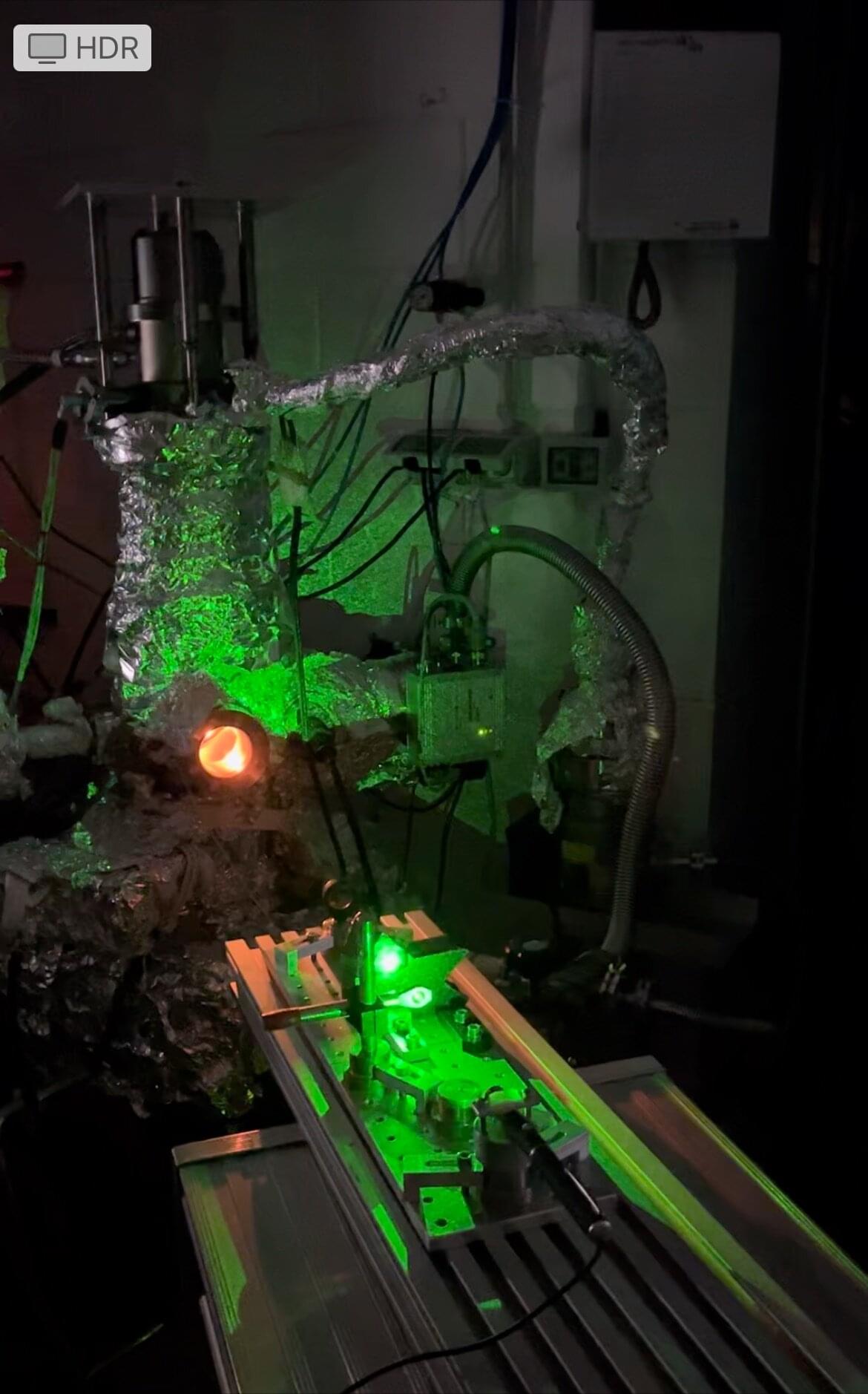Solar power has long been a beacon of hope in our pursuit of clean energy. However, the road to sustainable, high-efficiency photovoltaics has been riddled with roadblocks such as toxicity and instability in widely used lead halide perovskites. Could we engineer a solar cell that delivers not just high performance, but also durability, stability and environmental safety?
That question led us to (Ca, Ba)ZrS3, a chalcogenide perovskite with immense promise. Unlike its lead-based counterparts, this material boasts strong thermal and chemical stability. More importantly, its bandgap can be finely tuned down to 1.26 eV with less than 2% calcium doping, placing it squarely within the Shockley-Queisser limit for optimal photovoltaic conversion.
For the first time, my research team at the Autonomous University of Querétaro explored an innovative idea of pairing (Ca, Ba)ZrS3 with next-generation inorganic spinel hole transport layers (HTLs). We integrated NiCo2O4, ZnCo2O4, CuCo2O4, and SrFe2O4 into solar cells and simulated their performance using SCAPS-1D.

